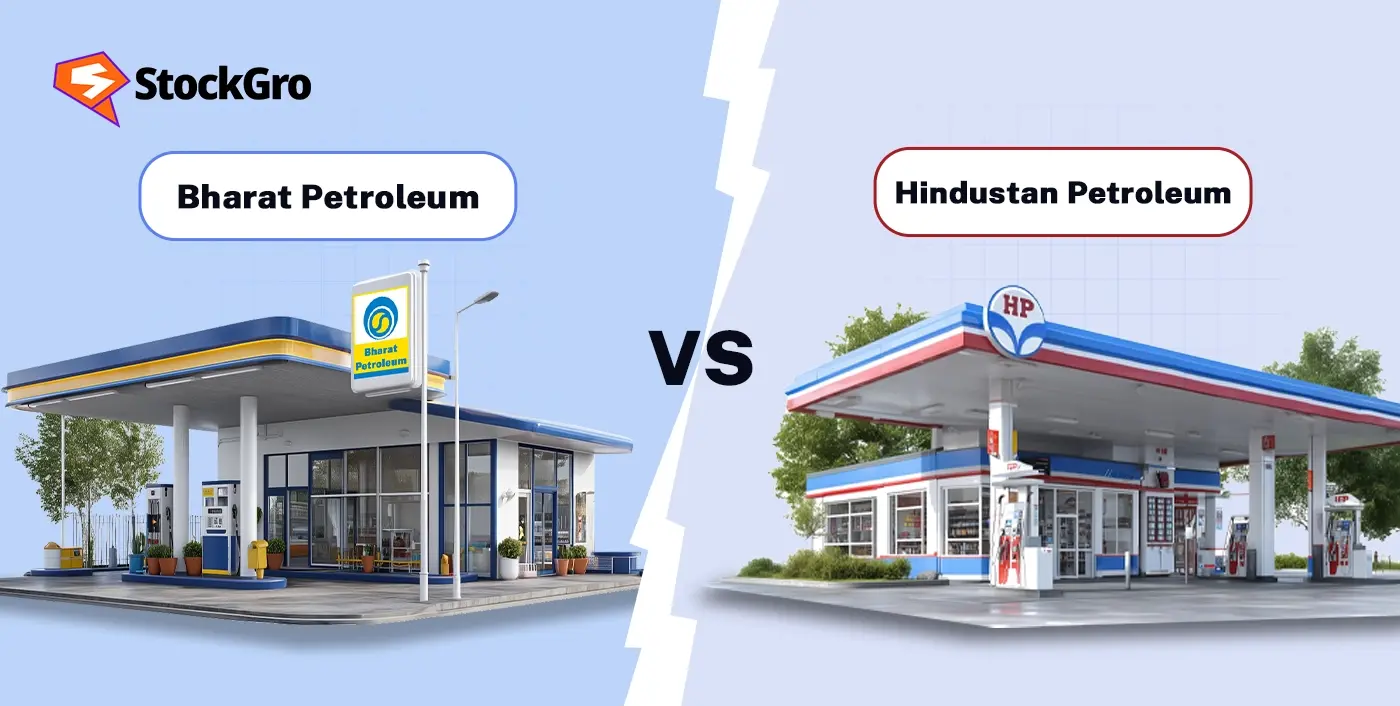
The Indian economy is witnessing exponential growth. In 2025, India surpassed Japan to become the fourth-largest economy in the world, with a USD 4 trillion GDP. This growth has been largely attributed to many areas of the Indian economy. However, the manufacturing sector continues to demand intense government attention.
A strong manufacturing sector is crucial to make this growth sustainable by curbing the over-reliance on imports. Various programs aimed at promoting self-reliance are enacted by the Indian government under the Make in India and Atmanirbhar Bharat initiatives. A prime example of such a scheme is the PLI or Production Linked Incentive Scheme.
Introduction to the PLI schemes
The PLI scheme full form is Production Linked Incentive scheme. It is a government policy that offers financial incentives to both domestic and international businesses based on quantifiable parameters like incremental sales to promote local manufacturing in India.
The initiative aims to reduce dependency on imports, enhance job possibilities, and improve Indian prospects in international supply chains. The scheme was launched in 2020 as a strategic policy for achieving self-sufficiency.
The understanding of the PLI yojana is incomplete without comprehending its key details. Therefore, the following section of this blog explores how the PLI scheme operates.
How does a PLI scheme work?
The key PLI scheme details highlight the strategic and targeted approach adopted to promote indigenous production. The following steps are integral to the functioning of PLI schemes.
- Sector-specific implementation: Currently, the PLI scheme applies to 14 sectors only. The ministry overseeing the sector oversees its implementation. For instance, drones and drone components come under PLI schemes. Therefore, the Defence Ministry might oversee the implementation of PLI schemes in this sector. Moreover, a nodal agency called the Project Management Agency is employed to oversee applications and monitor progress under this scheme.
- Eligibility: Companies have to be eligible to claim incentives under this initiative. The eligibility criteria differ from one sector to another. For instance, in the case of the telecom and networking products manufacturing sector, domestic companies must record more than ₹250 crores of global manufacturing revenue in the base year.
- Selection and approval: Eligible companies can apply for the PLI schemes online by visiting the scheme implementation portal to fill out the application form. The nodal officer verifies the details along with other relevant authorities. Subsequently, an approval notification is issued to successful applicants through a Letter of Award.
- Performance-based incentive: Incentives are delivered based on quantifiable parameters like incremental sales from a defined base period, spanning over a set tenure. The rates of incentives vary among sectors. For instance, a 4-6% incentive is provided on incremental sales for five consecutive years after the base year in the case of large-scale electronics manufacturing.
- Monitoring: As required by law, beneficiaries provide the government with their financial statements. The government ensures periodic assessments to measure the impact of the production-linked incentive scheme.
Also read: Empowering small businesses: A dive into government loan schemes in India
Objectives of PLI schemes
The primary objectives of the multiple PLI schemes in India today are discussed below.
- Made in India: The production-linked incentive scheme aims to promote indigenous production of commodities in India. It boosts the domestic manufacturing sector, which is essential for self-reliance.
- Global competitiveness: PLI schemes target the global competitiveness of India and its manufacturing sector. It helps boost the exports from India and reduce the trade deficits by also promoting indigenous production. For instance, the sectors under the PLI scheme have recorded more than 4 lakh crore in exports as of the latest records, dated August 2024.
- Employment: The PLI programs boost industrial units’ efficiency and, consequently, their profitability. It boosts their scale and creates demand for additional human capital. This increases employment at every managerial level. Approximately 9.5 lakh jobs were created directly and indirectly by the PLI initiatives.
- Foreign investment: The PLI scheme is extended to manufacturers who produce their products in India. Therefore, not just domestic manufacturers but also international producers can take advantage of this scheme, given that they undertake production in India. For example, brands like Asus and HP are utilising benefits under the PLI scheme.
- Targeted growth: The Production-linked Incentive scheme applies to different sectors. Therefore, the government can dictate the flow of funds to sectors that meet the demands and ambitions of the growing India.
Sectors under PLI schemes
The PLI Schemes focus on 14 key industries. These sectors have been carefully selected to improve the manufacturing capabilities, promote technical developments, and strengthen the credibility in international markets. These industries support the larger Atmanirbhar Bharat vision by supporting the objective of boosting exports and domestic output.
A comprehensive list of these 14 sectors and the authorised allocations for 2020–2025 is provided below.
| PLI Scheme | Total projects approved |
| Critical Key Starting Materials/ Drug Intermediaries & Active Pharmaceutical Ingredients | 51 |
| Manufacturing of Medical Devices | 32 |
| Automobiles & Auto Components | 95 |
| Pharmaceuticals Drugs | 55 |
| Specialty Steel | 67 |
| Telecom & Networking Products | 42 |
| White Goods (ACs & LED) | 66 |
| Food Products | 182 |
| Textile Products: MMF Segment and Technical Textiles | 74 |
| High-Efficiency Solar PV Modules | 14 |
| Advanced Chemistry Cell (ACC) Battery | 4 |
| Drones and Drone Components | 23 |
| Mobile Manufacturing and Specified Electronic Components | 32 |
| Electronic/ Technology Products | 27 |
Also read: PMRY: Guide to the central government loan scheme for unemployed youth
Union Budget 2025 and PLI schemes
PLI allocations rose from ₹9,360.36 to ₹19,482.58 crore in FY26, indicating a rise of more than 108%. The PLI programs for textiles, battery cells and storage technologies, and vehicles had the biggest increases in funding. The table below shows the major allocations to the production-linked incentive scheme in the Union Budget 2025.
| Scheme | 2024-25 Revised Estimates (₹ Crores) | 2025-26 Budget Estimates (₹ Crores) |
| Production Linked Incentive (PLI) Scheme in electronics manufacturing and IT hardware. | 5777.00 | 9000.00 |
| PLI for Automobiles and Auto Components | 346.87 | 2818.85 |
| PLI for Pharmaceuticals | 2150.50 | 2444.93 |
| PLI for Textile | 45.00 | 1148.00 |
| PLI for White Goods (ACs and LED Lights) | 213.57 | 444.54 |
| PLI for Speciality Steel | 55.00 | 305.00 |
| PLI for National Programme on Advanced Chemistry Cell (ACC) Battery Storage | 15.42 | 155.76 |
Impact of PLI schemes
The production-linked incentive schemes have made significant economic progress. Some of them are discussed below.
- As of August 2024, the production-linked investment scheme has derived a production value of around ₹12.5 lakh crores.
- It has generated more than ₹4 lakh crores in exports and realised around ₹1.46 lakh crores in investment.
- To boost the PLI schemes, the government also enacted certain Foreign Direct Investment (FDI) reforms. The manufacturing sector saw a 69% increase in FDI equity inflow to USD 165 billion as a result of these adjustments.
- Exports in the Large-Scale Electronics Manufacturing (LSEM) industry hit around 5 crore units, while FDI rose by 254%.
- 50% of pharmaceutical output is now exported. Moreover, by producing important bulk medications like Penicillin G, the nation has lessened its dependency on imports. Advanced medical device technology has also been provided by international corporations, allowing India to domestically manufacture vital equipment like CT scanners and MRI machines.
- Under the PLI program, India has achieved a 60% import substitution rate for telecom products.
Also read: Securing your future with POMIS: A deep dive into benefits and eligibility
Bottomline
The Production-linked Incentive scheme (PLI) is one of the key actions taken by the Indian Government to achieve self-sufficiency and the growth of domestic production. The PLI yojana offers a holistic growth through a significant push to the Make in India and Atmanirbhar Bharat initiatives.
Moreover, a strong manufacturing sector is essential to reduce the trade deficit and improve profitability through increased exports. Upcoming industries like renewable energy and drones have benefited significantly from the PLI schemes. Moreover, the progress of sectors like pharmaceuticals is not only important economically but also to improve the standard of living in India.
FAQs
The PLI scheme full form is Production Linked Incentive scheme. It is a government policy that offers financial incentives to both domestic and international businesses based on quantifiable parameters like incremental sales to promote local manufacturing in India. The program seeks to lessen reliance on imports, boost job possibilities, and improve Indian prospects in international supply chains.
The production-linked incentive scheme aims to promote the indigenous production of commodities in India. It boosts the domestic manufacturing sector, which is essential for self-reliance. PLI schemes target the global competitiveness of India and its manufacturing sector. It helps boost the exports from India and reduce the trade deficits by also promoting indigenous production. For instance, the sectors under the PLI scheme have recorded more than 4 lakh crore in exports as of the latest records, dated August 2024.
The PLI program increases indigenous production by providing financial incentives to businesses. Moreover, it helps to improve the competitiveness of Made in India products internationally. Thus, lowering the country’s reliance on imports. By drawing in foreign capital, encouraging innovation, and assisting MSMEs, the production-linked incentive scheme fortifies the supply chains and enhances the trade balance of the country.
The PLI scheme was introduced in 2020 by the Indian government. Currently, the allocation to PLI schemes rose from ₹9,360.36 to ₹19,482.58 crore in FY26, indicating a rise of more than 108%. The PLI programs for textiles, battery cells and storage technologies, and vehicles had the biggest increases in funding. The PLI yojana gives a significant push to the Make in India and Atmanirbhar Bharat initiatives.
The renewable energy targets of India have been expedited by the PLI plan for solar PV modules. The PLI scheme targeted the sector in two trenches. Manufacturing capacity was built in the first phase with an investment of USD 541.8 million (₹4,500 crore), while the second tranche intends to construct 65 GW of capacity with USD 2.35 billion (₹19,500 crore). It is anticipated that the program would boost solar innovation, lower imports, and generate jobs.

